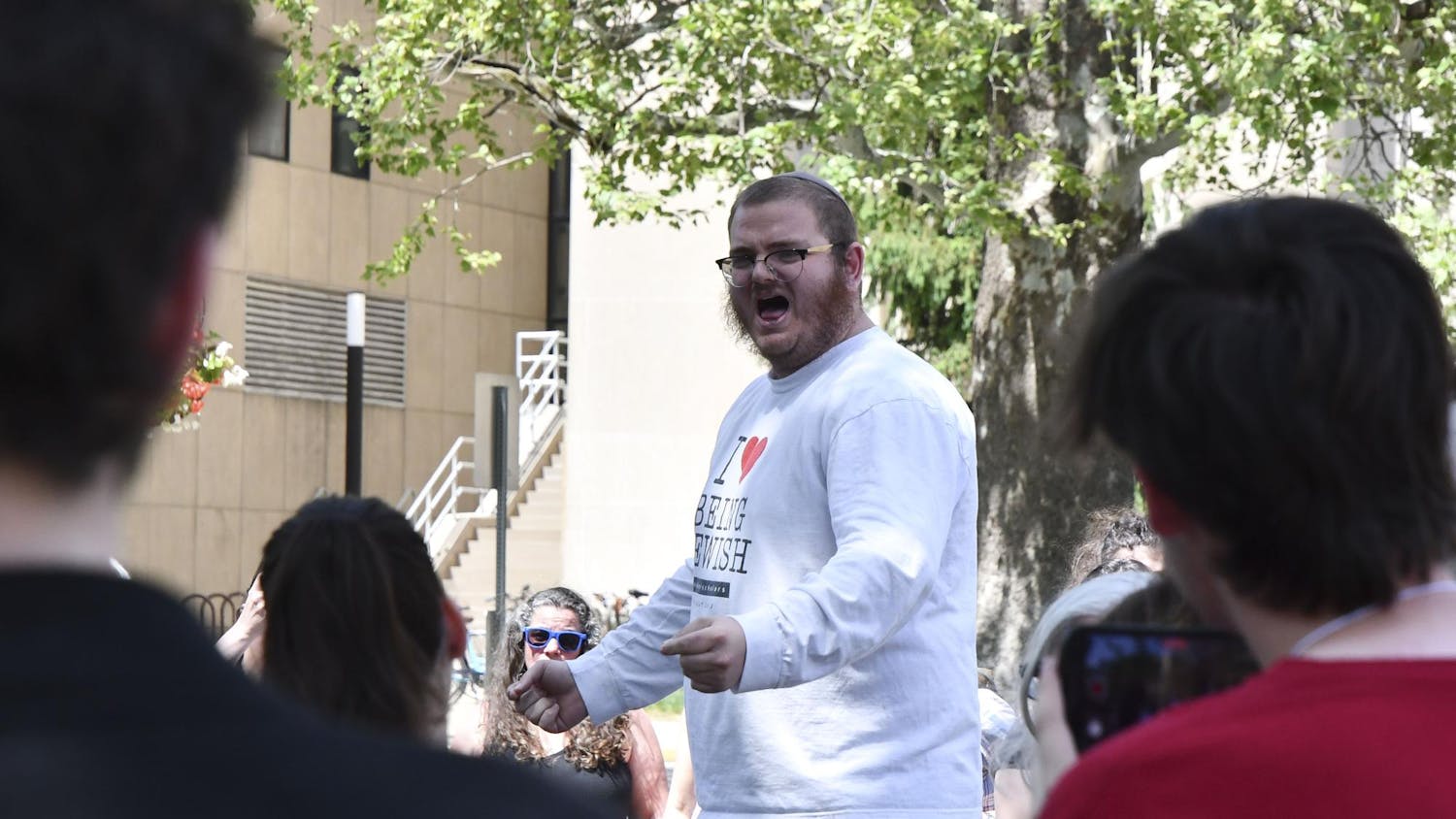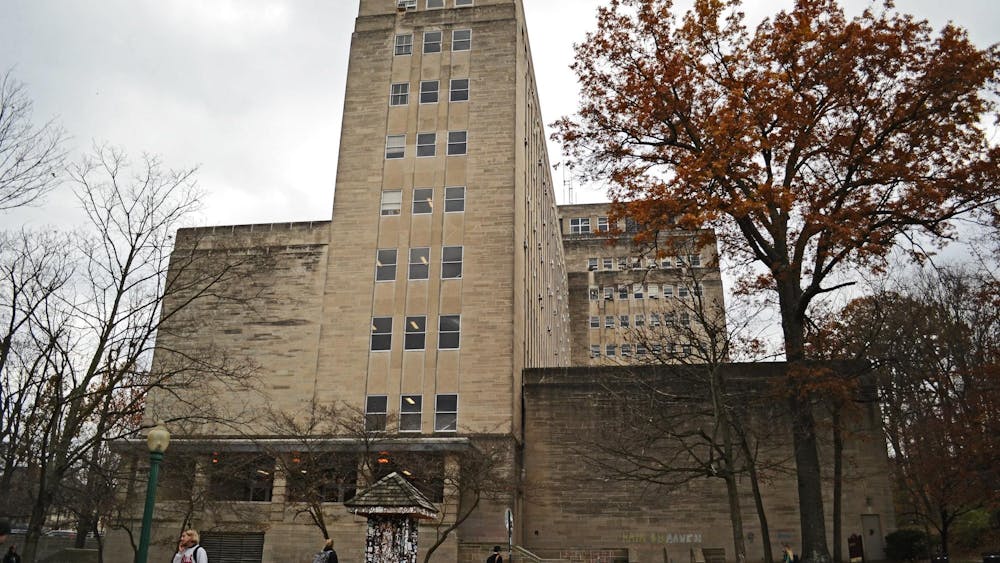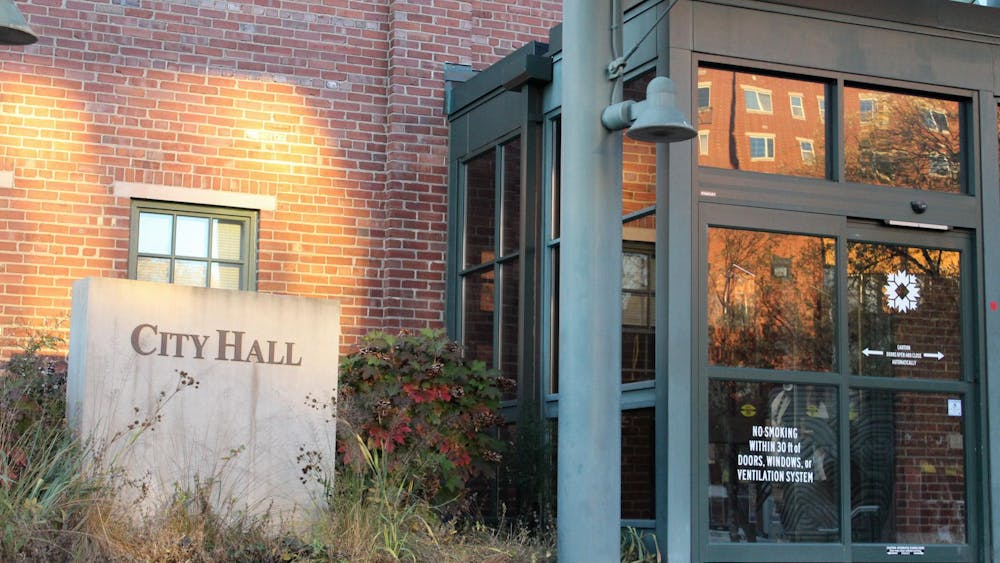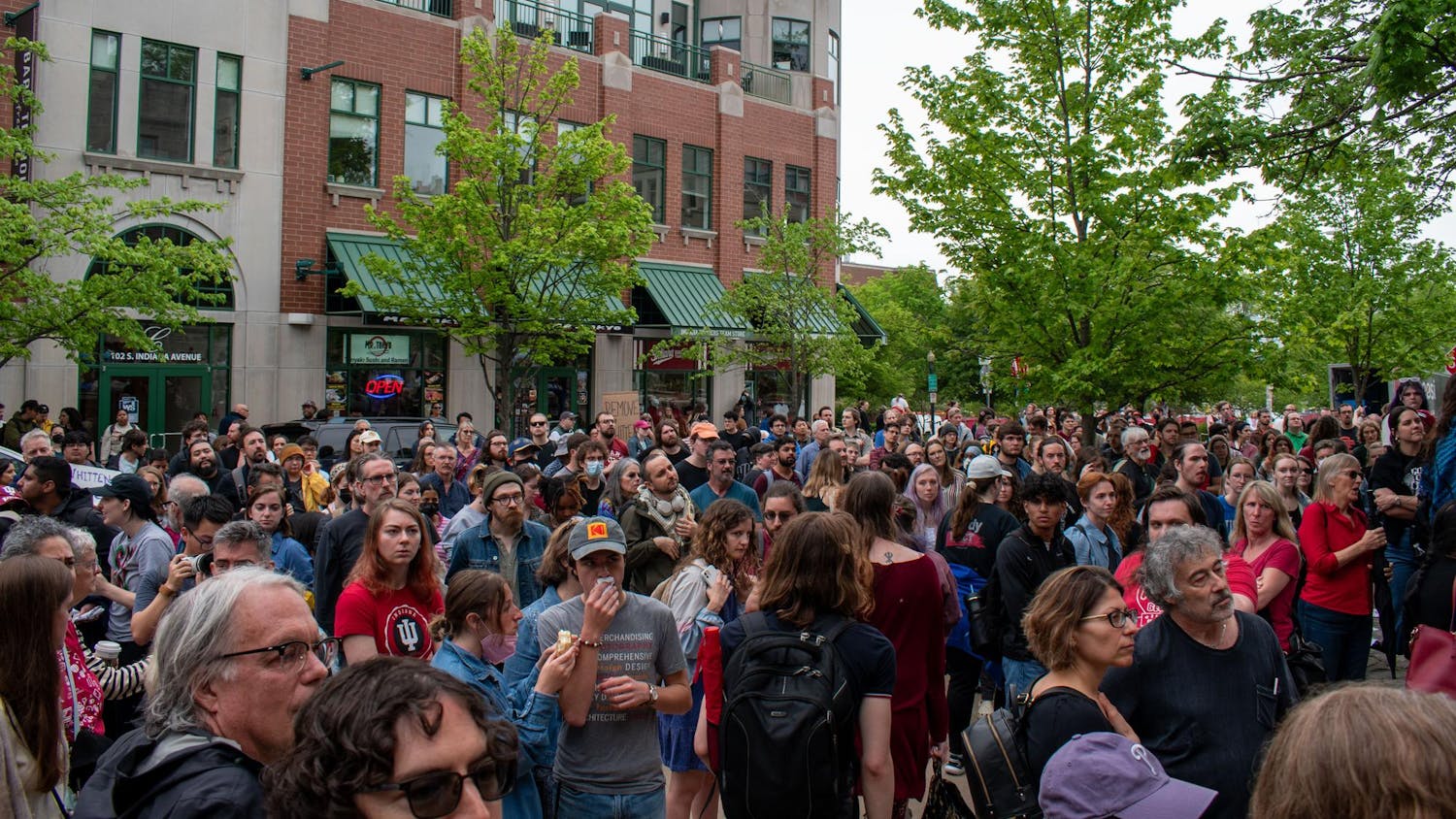He knew what to expect of his appointment to the IU board of trustees. As a former member of the Carmel Clay School District school board, he knew he could help direct policy. He was a veteran of school board meetings where thousands of angry parents showed up ready to give the board a piece of their collective minds. \nHe was ready to face hundreds. He was shocked to face only two or three onlookers among a room full of University administrators. "I don't think people even think about (the trustees)," trustee Stephen Backer said. "The only time they ever see us is if we raise tuition and when we're visible because of something like the Bobby Knight affair."\nJohn Walda, Frederick Eichhorn, Backer, Cora Scott Breckenridge, Stephen Ferguson, Dean Hertzler, James Morris, Peter Obremskey and Ray Richardson form the board of trustees, IU's governing body. The nine members of the board govern the property, student and faculty conduct, tuition and admission policies of all University campuses. They interview, hire and fire the president of the University. When things go right, people around the state look to the board of trustees. And when things go wrong, they do the same. \nThe trustees have been in the spotlight recently because of the termination of former men's basketball coach Bob Knight. A 48-plaintiff lawsuit has been filed against the trustees, accusing the board of violating Indiana's Open Door Law before the University's president fired Knight. \nAn alumni group called Take Back IU began circulating a petition in October calling for the resignation of the entire board of trustees and other members of IU's administration. \nSelection process\nPeople can become trustees in two ways: Three members of the board are elected by IU alumni and six are appointed by the governor. All serve three-year terms except for the student trustee, who serves a two-year term.\nAnyone interested in running as an alumni-elected trustee submits a 300-word statement detailing why he or she wants the job. These statements appear on a ballot sent to alumni. Breckenridge said candidates for the alumni election must also get a petition signed by at least 100 alumni. \nOf the current board, Breckenridge, Morris and Richardson were elected by the alumni and Walda, Eichhorn, Backer, Ferguson, Hertzler and Obremskey were appointed to their positions by the governor. All the trustees must hold at least one collegiate degree from an IU campus. Hertzler, a senior at IU-Purdue University at Indianapolis, fills the seat on the board reserved for an IU student. The student trustee is selected from a list of recommended candidates provided by the student body presidents on all IU campuses. \nAll candidates have an automatic connection to IU because of their status as alumni. Trustees president Walda said his love for IU goes back to his days of involvement in student government organizations.\nJohn Grew, executive assistant of physical policy for Gov. Frank O'Bannon, said O'Bannon looks at several factors when choosing whom to appoint to the board of trustees.\n"Generally, the types of things he looks at are employment background and if the types of responsibilities that person has in their job match up with the responsibilities of the trustees," Grew said. "He sees if they have a community service history or experience serving on local boards."\nBoards of trustees at most other Big Ten schools operate in a fashion similar to IU. But some schools, such as the University of Michigan, operate under a board of regents. Members of the board of regents are elected on the statewide partisan ballot along with state senators, representatives and other public offices. \n"You work terribly hard to get your party's nomination," Rebecca McGowan, a member of the University of Michigan's board of regents said. "And then you work hard to get editorial endorsements of leading newspapers around the state. That's the best opportunity to get the word out." \nAt IU, the trustees meet publicly about once a month during the school year. The meetings -- which last all day, including during meals -- rotate among all IU campuses and are announced in advance along with an agenda. Walda said he spends, on average, one day each week on trustee issues. \nThe power of the board \nA university board of trustees doesn't easily compare to the governing bodies of other major institutions, such as corporations or school districts. The best comparison Richardson could make to describe the board's role is that of a firefighter.\n"Universities are different and operate different than any comparable institution in the outside world," Richardson said. "It's far different than a corporation because in a corporation the governance comes from officers... The trustees react kind of like a fire department. In many respects you're just putting out brush fires, but it's important trustees also do long-term planning for the improvement of the University." \nBacker said he believes one major difference in higher education governance is the detachment from the people affected by decisions.\n"In K through 12, you're really in the trenches," Backer said. "The board of trustees is somewhat removed from the people we directly affect. It's kind of a rarified atmosphere. You don't get down in the trenches as much as I would like because there is so much business you have to do in not much time."\nUnder the Indiana Code, IU is owned by the board of trustees; anything from the copyright on the University's official Web site to project signs at campus construction sites lists the board as IU's owner.\nThe board of trustees does everything from reviewing and authorizing the budget to lobbying legislators to listening to and responding to student concerns to dealing with faculty issues, Walda said. \n"I don't like being drawn into petty operational issues. There are some personnel issues we are always asked to get involved in -- things like how are the meals in the dorms or parking issues on campus," he said. "The trustees should stay at a level where they provide a vision for the University and a strategic plan for achieving that vision."\nAlthough the trustees are given a great deal of power by law, Richardson said the board doesn't actually act on some of these rights.\n"The statutes say the trustees have total power and authority even down to setting the curriculum," Richardson said. "We don't do that. The trustees step in and exercise their authority only in circumstances when we think we have something to add."\nRelationship with the president \nOne of the major powers the board of trustees does exercise is its right to hiring the president of the University. \nWalda said the trustees take that power seriously, and actively sought out candidates in their last search about seven years ago, finally recruiting and selecting IU President Myles Brand. And that is the same power that will lead them to select the next president, when the time comes.\n"That is one place the trustees do exercise their authority," Richardson said. "There is no procedure set out for (firing the president.) It's not even under consideration, despite the fact we have a petition out there."\nDespite the lack of a precedent, Walda said that most of the time boards of trustees and a president know when it is time to part company.\n"The way things are arranged for most presidents is if the board loses confidence in the president, they either resign or are asked to leave," he said. "But these are very intelligent people; if the president doesn't have the confidence of the board, they know it is time to move on."\nWalda said the board of trustees has a good relationship with Brand, with whom he speaks several times a week. Doing consulting work for other universities has shown Walda what can happen when the trustees do not have a productive working relationship with the president.\n"A board at odds with the president stagnates the whole institution," Walda said. "You're unable to make progress."\nAccomplishments and misconceptions\nBeing in the public eye has made the trustees aware of the view of the University and the board in the eyes of the people they serve -- students, faculty and alumni.\nWalda has discovered the views of certain members of the public through what he calls "fan mail, or anti-fan mail, depending on your perspective."\n"I think people's biggest misconception is they think we deal with the day-to-day business of the University," he said. "Most of the communication I get from the general public is about admission issues, meals for kids in dorms, parking when they get to campus or seats at basketball or football games. What people don't understand is that we really focus on the big picture for the University." \nDespite the nature of the requests, Walda said he doesn't mind the public asking him to help with even these things.\n"I just kind of open doors and let things take their own course," he said. "I don't find something to be a misconception if I can help someone get to the right person"
The Board (of trustees) Bunch
The story behind IU's 9 most influential people
Get stories like this in your inbox
Subscribe





